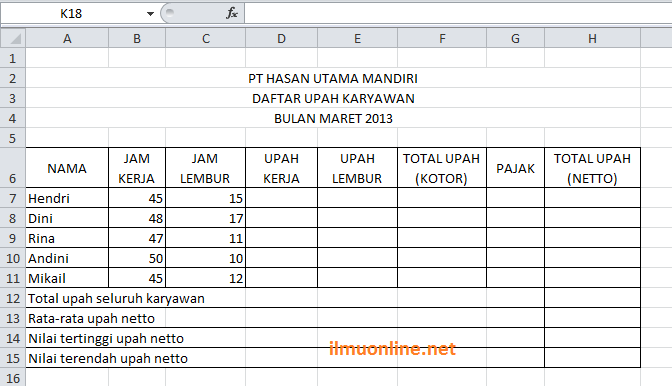

The result of the research showed that quantity and quality of student’s questions enhance from Preaction, Cycle I, and Cycle II. Data were validated using triangulation methods. Data were analyzed describe qualitatively. Data were collected through observation, interview, and video recording, then its collected based on revised Bloom’s Taxonomy. Subject of the research was grade X MIPA 1 of SMAN 7 Surakarta academic year 2014/2015, consisting of 28 students. This research was a Classroom Action Research which consisting of planning, acting, observing, and reflecting. P> This research aimed to enhance quantity and quality of student’s questions in biology at grade X MIPA 1 of SMAN 7 Surakarta academic year 2014/2015 through the implementation of project based learning. Novelty/Originality of this study: The study is original as not a single research study determined the relationship between critical thinking and academic achievement of secondary school students in the region of district Ghizar in Gilgit-Baltistan. It will boost the teachers to enhance the critical thinking of secondary school students. It will surely assist the teachers in designing their classroom activities and modifications in teaching methodologies. Application of this study: The findings of the study help understand the relationship between critical thinking and academic achievement at the secondary level. The study revealed that there is a discrepancy in aligning critical thinking with academic achievement. Some results of this study were inconsistent with the earlier research based on the context of the students. There were also low and markedly low relationships found between constructs of critical thinking and academic achievement.

The results were consistent with earlier studies having a positive relationship between these variables. A markedly low positive relationship was found between critical thinking and academic achievement. Main Findings: Findings of the study revealed that female students, rural school students, and science group students showed slightly higher critical thinking than male, urban, and arts group students.

Descriptive and inferential statistics were used to analyze the data. Critical thinking was measured by applying an adapted tool (Sarigoz, 2012) and students’ scores in annual examinations were taken as academic achievement (York, Gibson & Rankin, 2015). A sample of 400 students was selected through a convenient sampling technique to collect the data. Methodology: Correlation design was applied to study the relationship between critical thinking and academic achievement. Purpose of the Study: The purpose of this research study was to study the relationship between critical thinking (CT) and academic achievement among secondary school students in a district of Gilgit-Baltistan.


 0 kommentar(er)
0 kommentar(er)
